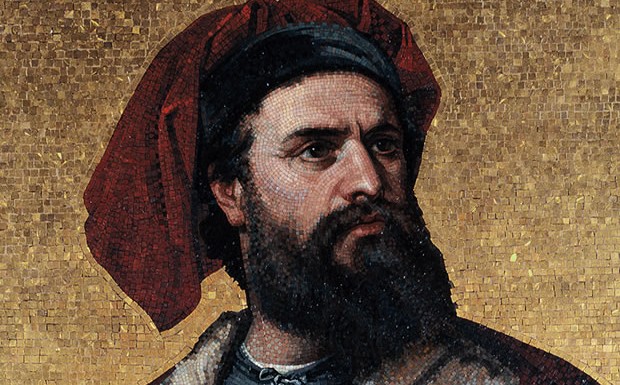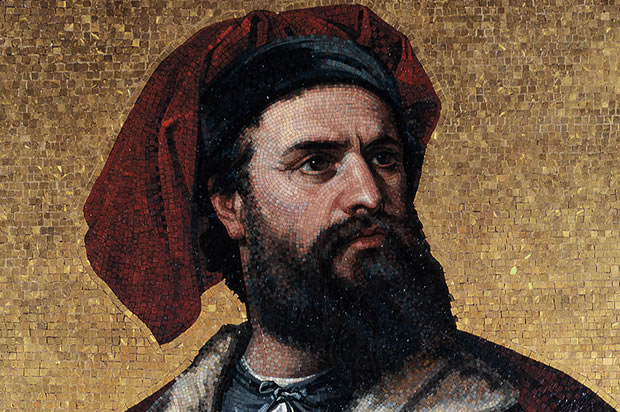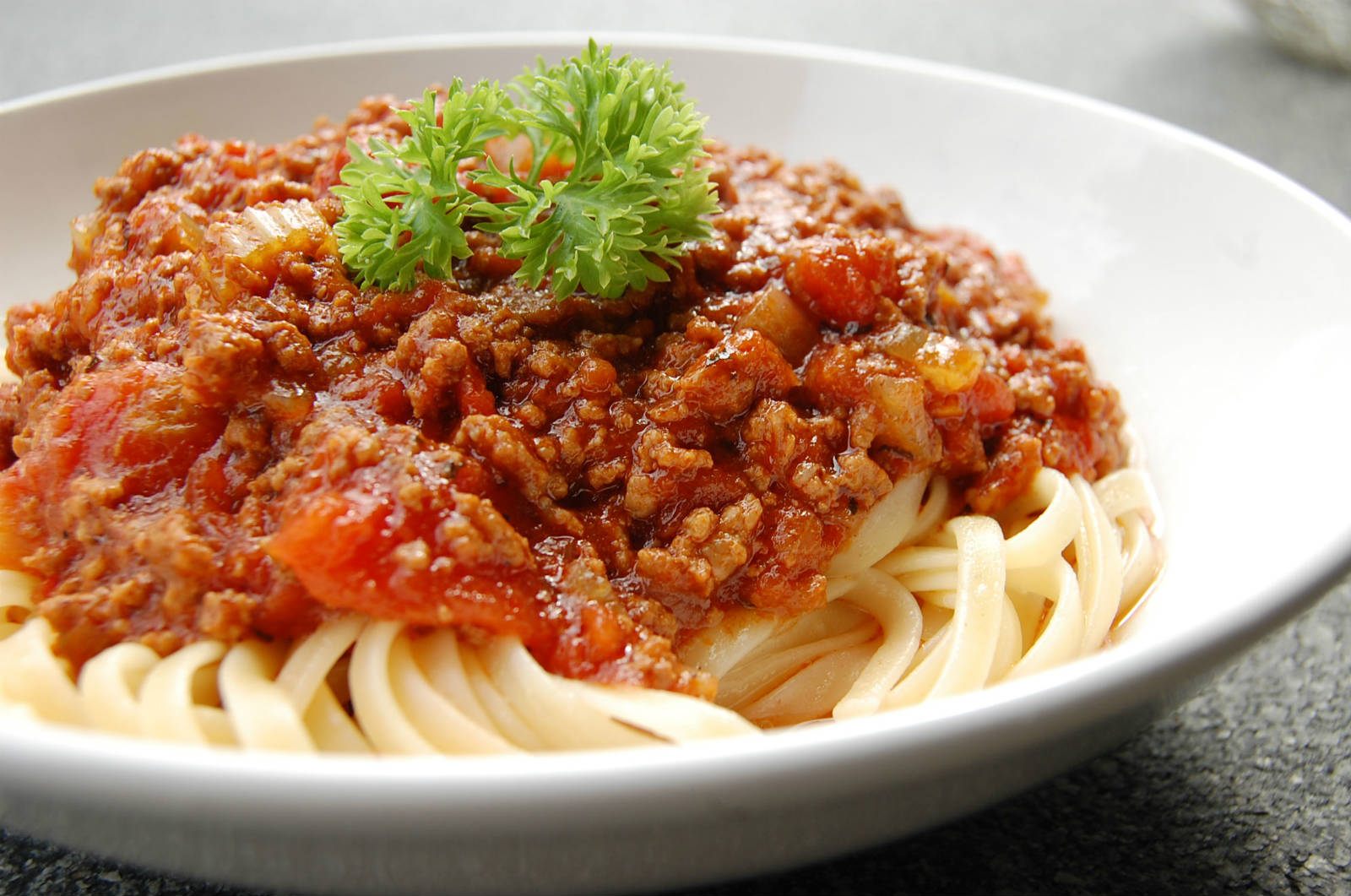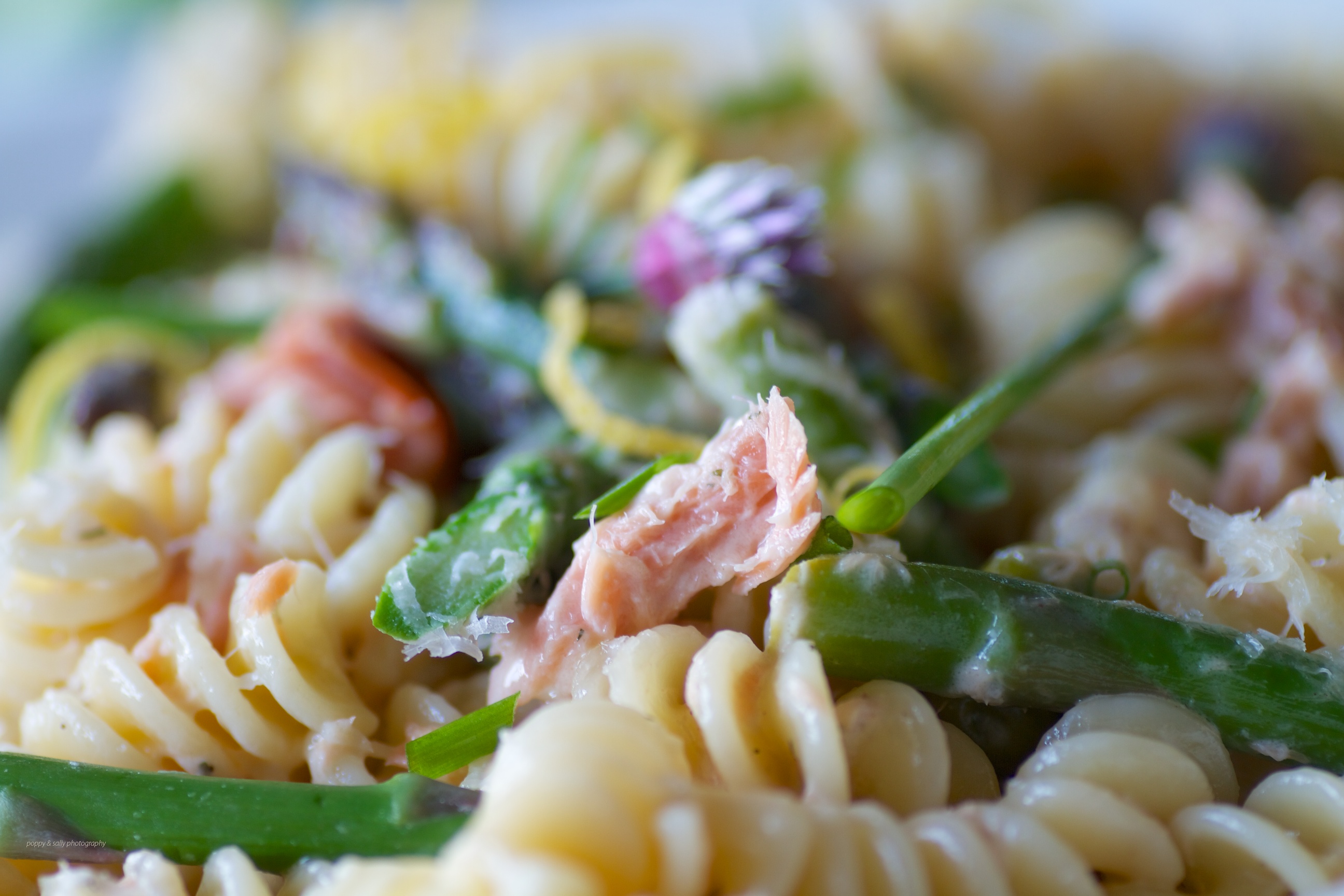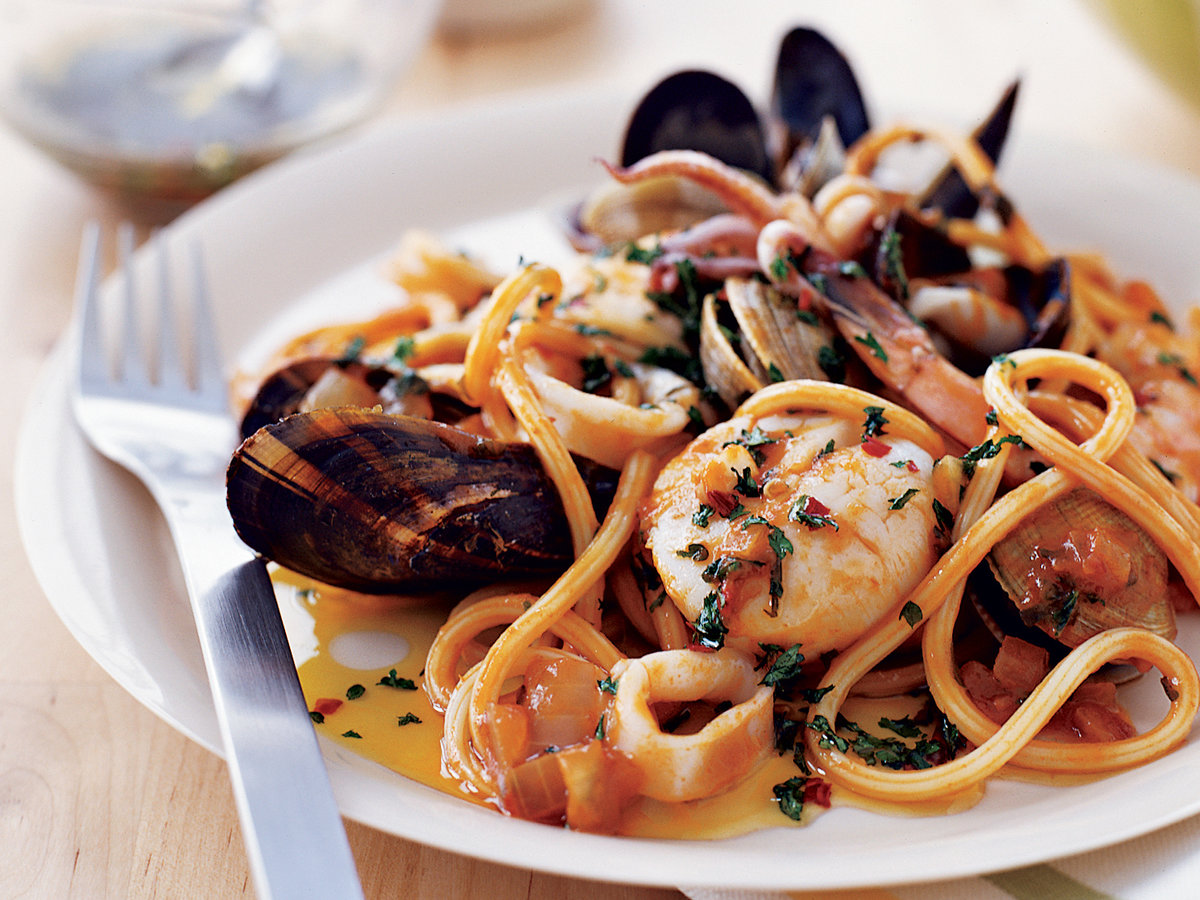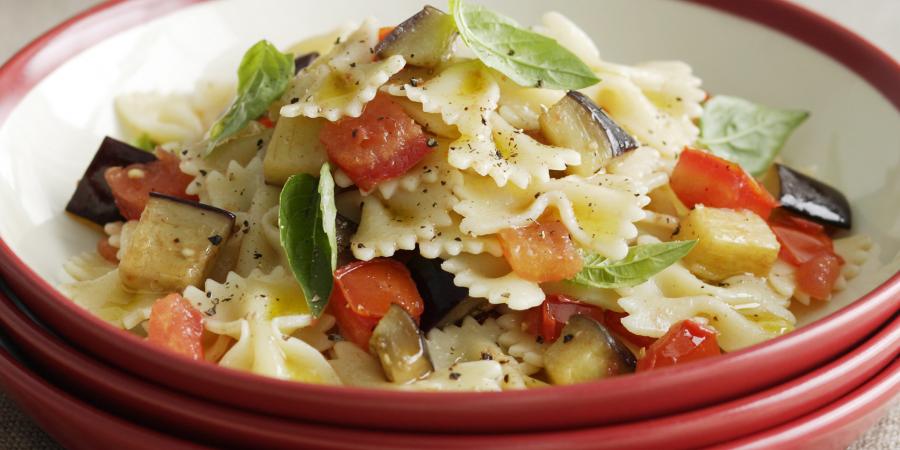If right now, in this very moment we ask you to define traditional Italian cuisine with just one word, we are sure that the first thing that will come to the mind of at least 95% of you will be “pasta”.
But where it originates from, who was the first to start preparing dishes with pasta, which are the most delicious Italian cuisine recipes with this product?
If you wish to find out more, here is our a bit romantic, slightly prosaic and very, very delicious story.
As everything having an ancient history, the history of pasta is filled with legends and contradictions which provoke disputes among scientists, writers and cooks even nowadays.
The legend
Marco Polo and the Chinese
According to the most popular legend that has been considered true for many years, pasta became popular after in 1295 Marco Polo returned from his travel to China. This sounds romantically and adventurous but is completely false. The truth is that when Marco Polo returned from China pasta was already popular in Italy and was part of traditional Italian cuisine. The true story behind the legend is quite prosaic and is born from the pages of an American newspaper. The material made up and published in the newspaper simply aimed at popularizing macaroni in USA and pushing American farmers to increase the production of durum wheat.
The facts
Despite pasta was officially certified in 1310, its origin can be traced long back in time up to the neolith when people started growing wheat and learn to grind flour, mix it with water and leave it to sundry.
The most popular hypothesis of the pasta origin claims that dry pasta products originated in the Middle East and were brought to Sicily and to other places of Italy after the Arabic invasion of the Boot. Dry pasta was documented for the first time in the Xth century in a Muslim text under the term ittrija, and fresh pasta was mentioned in Greek documents under the term laganon.
It is a fact that Arab invasion in Sicily increased the production of pasta made of durum wheat in different regions of the country and most of all in the regions of Naples, Puglia, Genoa and Florence.
Perhaps it will be interesting for you to also know that…
*pasta was mentioned for the first time in a document found in the island of Sicily in the XIIth century. The document also mentioned that pasta products were produced by the Arabs living there at that time.
*In the XIIIth century was found a way to extend the expiration of pasta (by drying). This gave the opportunity to keep the product for a longer period and to transport it with ships to other regions of the Boot.
*In the XVth century the first lasagna recipe was made up. Macaroni were mentioned a little later as “pasta of hollow and long shape”.
*During the XVI-XVIIth centuries in Europe happened one of the greatest events in the history of cooking – tomatoes were introduced into European cuisine and afterwards nothing ever was the same. From then on pasta was always prepared with sauce.
* During the XVIII-XIXth centuries the production of macaroni products was improved and simplified and gained global scale. Pasta became one of the most popular dishes in Italian cuisine and one of the most favorite dishes worldwide.
*In one of the first documented recipes with Italian pasta it becomes clear that in the beginning pasta products of durum wheat were boiled in almond milk and were served with sweet roots sauce. This means that initially pasta was … a dessert.
*One of the first traditional Italian recipes is published in the book “The art of cooking Sicilian macaroni and vermicelli” by Martin Horn in 1000.
*In the city of Pontedassio there is a document which mentioned for the first time the dish “macaroni”.
*The term “spaghetti” which is quite popular today was made up by Antonio Viviani who used this word for them in 1842 because of their resemblance to shoe laces (Spago).
*The notion that pasta consumption leads to weight gain is wrong. The truth is completely different and it is where the secret of the fit figures of Italians lays. Italian pasta is produced of durum wheat which consists of fibers and cellulose. Fibers are hard to digest but they are filling and reduce the feeling of hunger; the cellulose plays the role of a sorbent which allows the natural elimination of toxins from the body. The energy value of classic pasta is in average 350 kcal for 100 grams of product which gives it a high dietetic rank.
If you are already thinking hard where to find pasta prepared according to the traditional Italian cuisine and you are not planning a visit to Italy soon, we suggest you to visit the restaurants in Bansko where you will find a great variety of different types of classic Italian pasta.
We say types because although here spaghetti and lasagna are the most popular Italian pasta dishes, there are over 300 types of pasta and each dish has a specific flavor.
Basic Italian pasta types
As already mentioned, there are more than 300 types of pasta, which is why we cannot name them all but here are some of the most popular ones which you can also try at the restaurants in Bansko.
- Spaghetti
They are a symbol of Italian gastronomic culture and represent 14.4% of the total amount of pasta sold in Italy. Spaghetti are characterized with long and thin shape (just like shoe laces) and can be combined with different sauces specific for the different regions of Italy.
- Capelli dángelo (Angel`s hairs)
Long and very thin shaped pasta (similar to vermicelli), which is prepared very fast. It is usually served as an appetizer or is added to soups.
- Matite scritte
Their shape is cylindrical, with pointy edges and little channels from the outer side allowing the sauce to stick better to the pasta. They were produced for the first time in Genoa but today they are produced in different regions of Italy and carry different names – poliziotti, mostaccioli, pilastri, maltagliati.
- Fusilli
This type of pasta has Arabic origins. Fusilli is a very popular and favorite dish in Southern Italy and especially in Campagna. Fusilli are characterized with long, spiral shape. They are very delicious with pesto sauce.
- Ravioli
This is square-shaped pasta filled with product of choice (cheeses, minced meat, vegetables), then bent in order to close the pasta as a seashell and its edges are pressed a fork to curl.
- Rigatoni
One of the most popular types of pasta. They are hollow tube-shaped sticks with big diameter and channel on the outer side (similar to our macaroni). They can be served with different sauces according to the region.
- Penne
Penne is a type of pasta with hollow shape and diagonally cut edges. It is combined well with all the sauces of the traditional Italian cuisine.
- Farfalle (butterflies)
The name of that pasta indicates that Farfalle have the shape of butterflies. Although that according to some this pasta is most suitable for salads, it is very delicious if prepared with different sauces. It combines perfectly with cheese, meat, fish and vegetables.
- Bavette
Flat or “mashed” spaghetti which are very popular in Genoa. Flat spaghetti combine very well with pesto, basil and sea food.
- Tagliatelle
Long, flat pasta which is very delicious when served with classic sauces.
It is logical that after reviewing the most popular types of pasta we present to you also some of the most popular traditional Italian cuisine recipes is it not? Well, not quite!
We will introduce to you some recipes which are not so popular in Bulgaria but are quite popular in Italy and which you can try in some of the Italian restaurants in Banskо.
Asparagus and Salmon Fusilli
Products for 4 servings:
350 gr fusilli
200 gr fresh salmon
300 gr fresh asparagus
150 ml cream
Fresh onion and dill
20 ml olive oil
Salt and black pepper
Preparation:
Clean the asparagus and wash it well, then cut it to rounds. Cut the fresh onion into fine pieces and slightly fry it in a pan. Add the asparagus. Mix the cream, the black pepper and the salt in a separate bowl and leave it aside.
Chop the salmon into square pieces, season it with salt and black pepper and fry it for about a minute in a heated olive oil.
Drain well the boiled fusilli of the water, add them to the asparagus and onion mix and stir. Add the cream, stir again and serve the pasta in dishes. Distribute the salmon pieces on the servings and sprinkle with dill.
Seafood spaghetti
Products for 4 servings:
350 gr spaghetti
500 gr fresh mussels
250 gr squid
150 gr shrimp
50 ml olive oil
Parsley
1 garlic clove
Red hot pepper
Salt
Preparation:
Clean the sea food and wash it thoroughly. Fry in a pan the garlic and the hot pepper for one-two minutes. Add the mussels and parsley. In few minutes add also the shrimp and boiled and drained squid.
Distribute the boiled and drained spaghetti into servings and add the sea food. Sprinkle with black pepper.
Eggplant farfalle
Products for 4 servings:
300 gr farfalle
300 gr eggplant
Basil
Salt
Black pepper
Olive oil and frying butter
Preparation:
Wash, clean and cut the eggplant into rounds. Put them into boiling, salted water for about 10 minutes in order to soften them.
When ready, take them out, drain them and puree them with basil, salt and black pepper.
Drain the boiled farfalle and put them into a pan. Add the eggplant sauce and stir.
Distribute the pasta into dishes and serve while warm.


